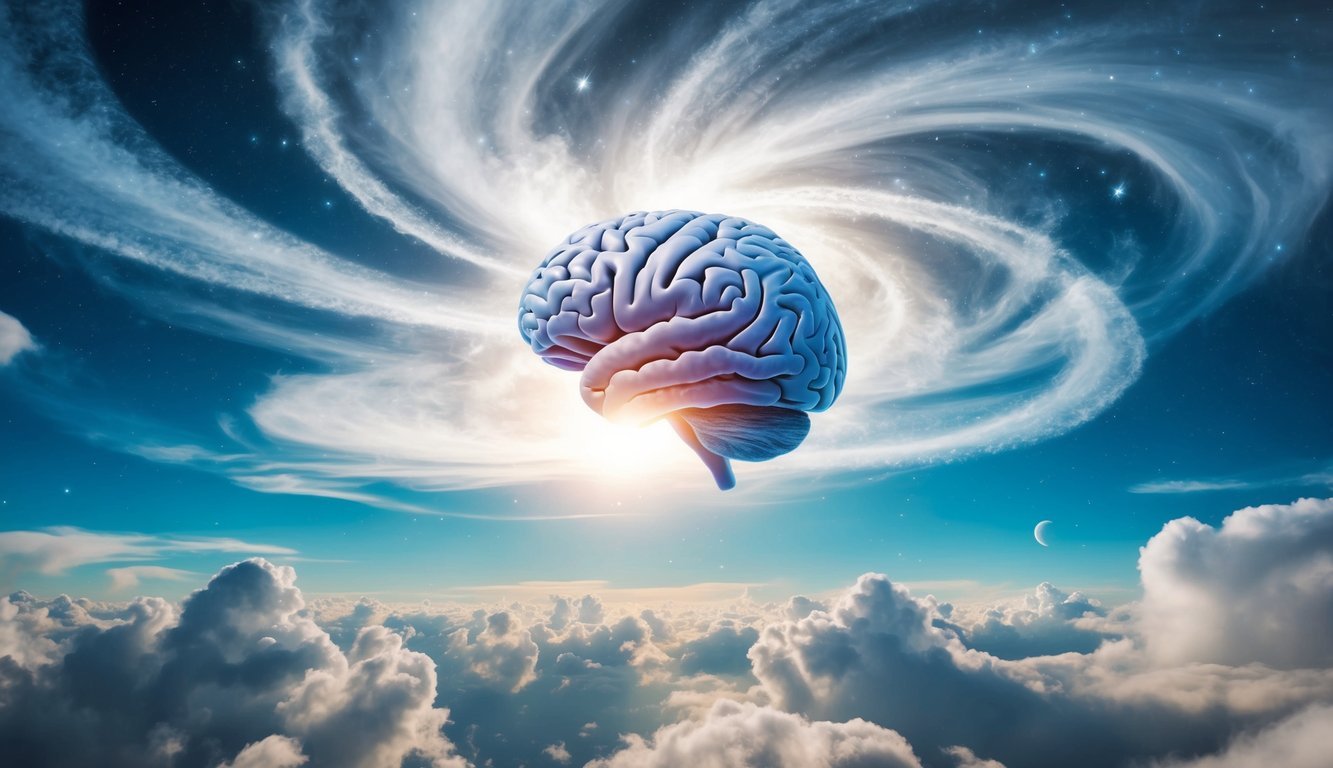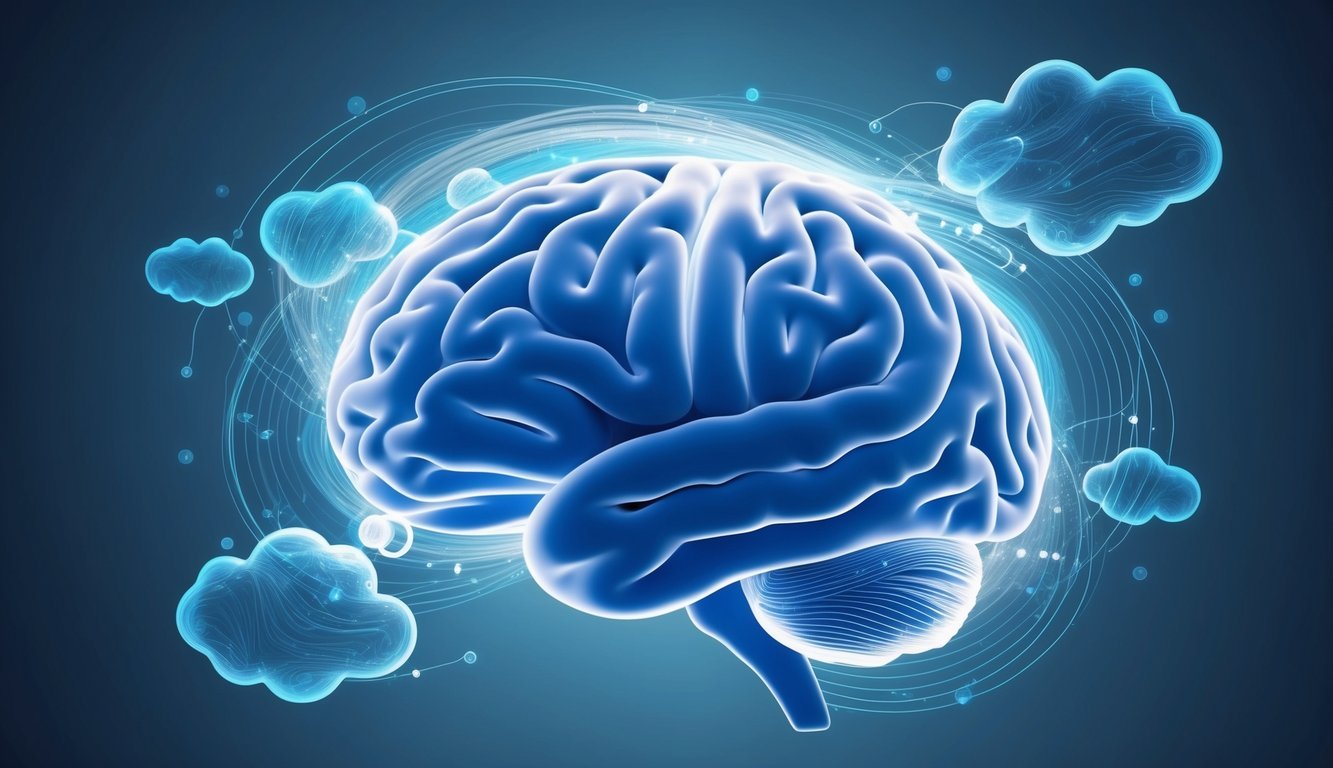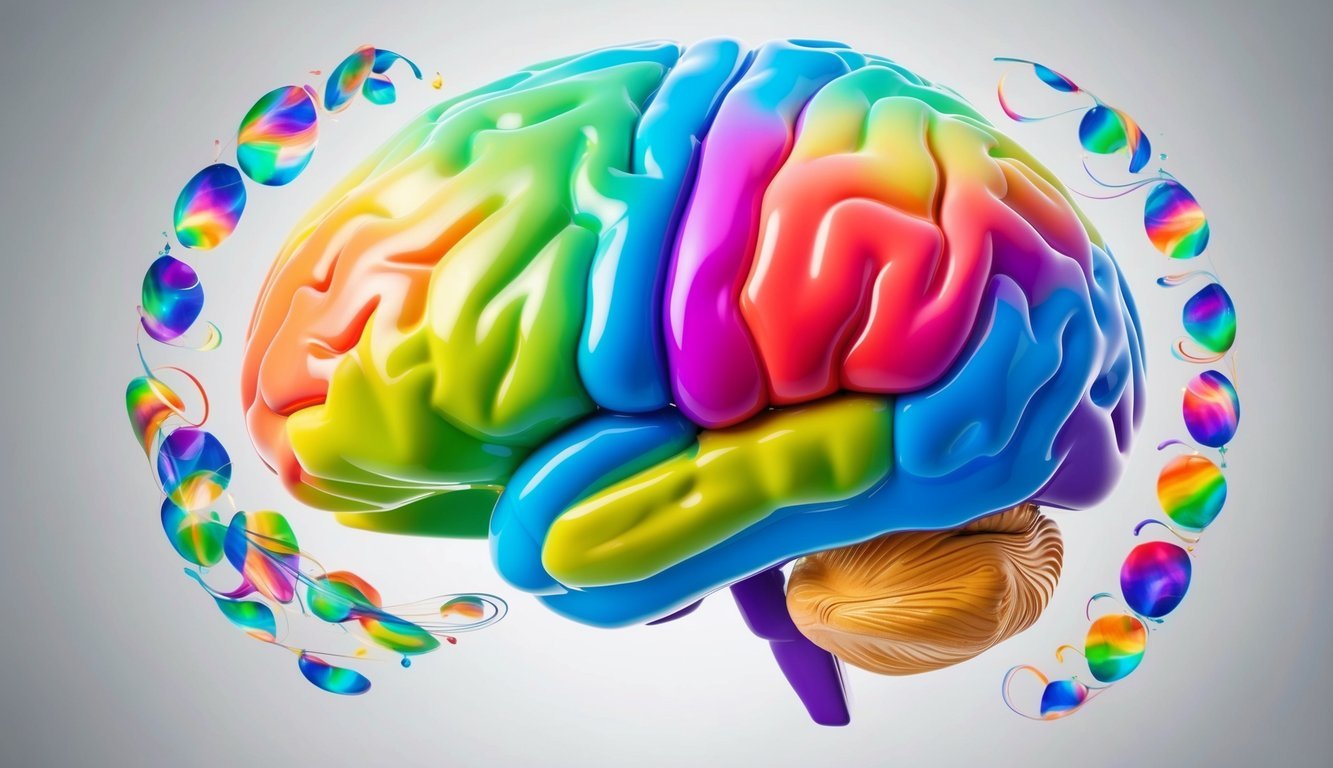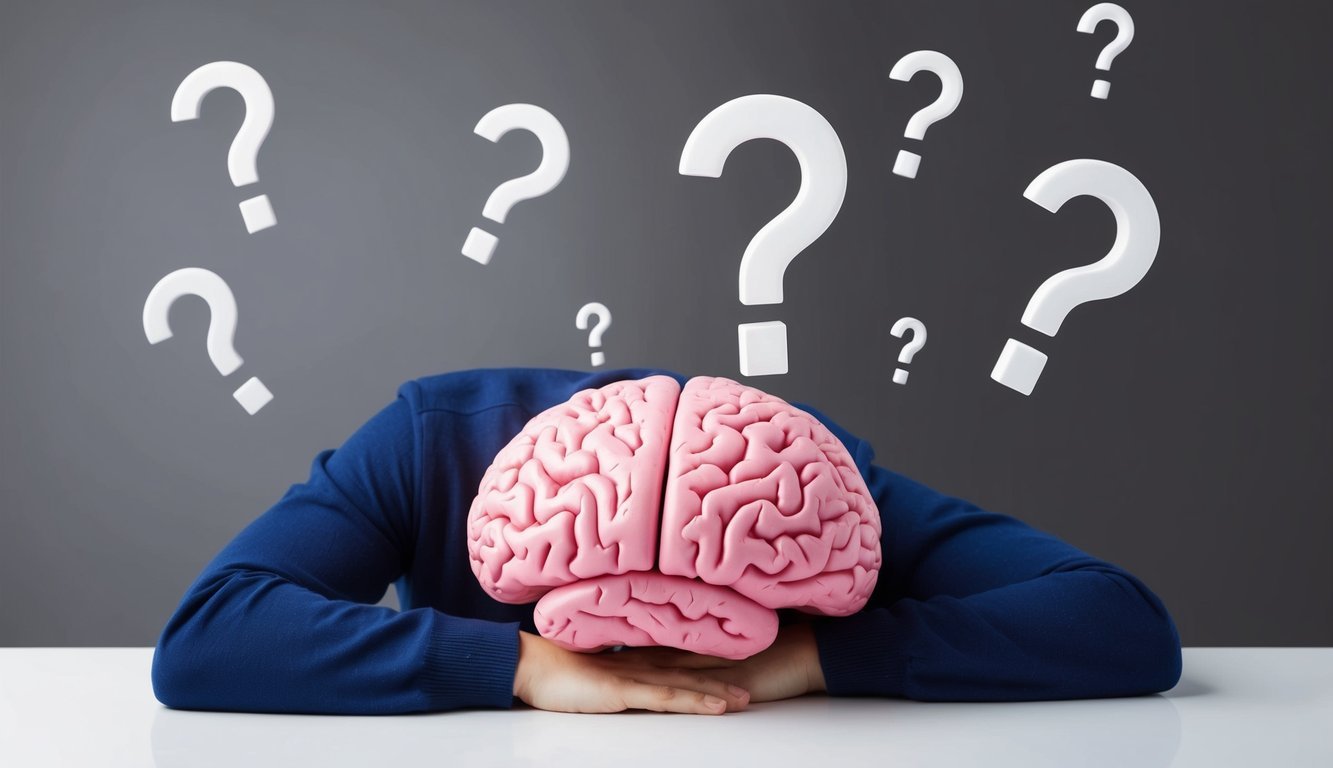PsychNewsDaily Publishers
100 Summit Drive
Burlington, MA, 01803
Telephone: (320) 349-2484
PsychNewsDaily Publishers
100 Summit Drive
Burlington, MA, 01803
Telephone: (320) 349-2484
Dreaming involves various brain regions, including the hippocampus and amygdala, and plays a crucial role in memory consolidation, emotional processing, and problem-solving during sleep.

Dreaming is a fascinating topic that captures the curiosity of many. As the brain enters a unique state of activity during sleep, it creates vivid experiences that can feel very real. Understanding how the brain constructs dreams helps reveal why dreaming is important for memory and emotional processing.

Research has shown that specific areas of the brain, like the hippocampus, play a vital role in dreaming. These regions work together to create stories from memories and emotions, often blending them in unexpected ways. This process can help individuals explore their feelings and solve problems.
Dreams can sometimes feel mysterious or strange, but they serve crucial functions. They not only aid in the retention of knowledge but also allow for self-reflection and insight. By exploring the connection between dreaming and the brain, readers can gain a deeper appreciation for this nightly adventure.

Dreams are fascinating and mysterious experiences that occur during sleep. They involve various brain activities and play a role in emotional processing. Understanding dreams requires looking at sleep stages, especially REM and NREM sleep, and utilizing tools like neuroimaging.
Dream research has advanced significantly thanks to neuroimaging techniques like EEG and fMRI. These technologies allow scientists to observe brain activity during different sleep stages. They help identify how the brain processes information while dreaming.
Studies show that the brain remains active during dreams, particularly in the areas responsible for emotions and memory. Researchers have found that dream content often reflects daily experiences and emotions. This suggests that dreams might help in problem-solving and emotional regulation.
Sleep consists of different stages, primarily REM (Rapid Eye Movement) and NREM (Non-Rapid Eye Movement) sleep. REM sleep is when most vivid dreaming occurs. The brain is highly active during this stage, but the prefrontal cortex, responsible for decision-making, is less active.
NREM sleep is crucial for physical restoration and memory consolidation. While dreaming is less common in this stage, some researchers believe it plays a role in processing memories. Together, these sleep stages contribute to the complex process of dreaming and its connection to brain function.

Dream content includes the images, feelings, and stories that take shape in a person’s mind while sleeping. This section examines how dream symbolism reveals deeper meanings and how nightmares play a role in emotional processing.
Dreams often use symbols to express feelings and thoughts. Sigmund Freud believed these symbols represent hidden desires. For instance, a dream featuring water might symbolize emotions, while flying could represent freedom.
Dream imagery varies greatly. Vivid dreams often stand out due to bright colors and intense feelings. Dream reports can help individuals reflect on their emotions and thoughts. People may realize that their dreams reflect daily worries or hopes.
Examining personal experiences can help decode these symbols better. Keeping a dream journal is a great method to track recurring themes. It allows individuals to explore what certain symbols might mean in their lives.
Nightmares serve a different purpose. They can help in dealing with unresolved emotions and stress. During these unsettling experiences, the brain processes fears and anxieties.
Nightmares are not just frightening; they can provide insight. For example, someone who frequently dreams of being chased may feel overwhelmed in their waking life. Confronting these fears in dreams can lead to emotional resolution.
Research shows that nightmares can help improve mental well-being by encouraging emotional processing. By understanding what these dreams signify, individuals can better manage stress. Recording nightmares can also help in recognizing patterns in emotions, leading to personal growth.

Dreaming involves specific brain structures that play key roles in memory and emotions. Understanding how these areas interact during dreams can provide insights into why dreaming is essential for well-being.
The hippocampus is crucial for forming and processing memories. During dreaming, it actively retrieves past experiences. This helps in memory consolidation, where important information is strengthened and stored.
In dreams, the brain often blends real memories with new images. This mixing can make dreams feel vivid. The hippocampus supports this process by linking memories from different times and places.
Moreover, dreams can help solve problems. When people dream, the hippocampus allows them to think creatively, providing a fresh perspective on challenges faced in waking life.
The amygdala plays a crucial role in processing emotions. It becomes especially active during dreaming, affecting how emotions are experienced and recalled.
Dreams often reflect feelings from daily life, especially fear or joy. When the amygdala engages, it intensifies emotional experiences in dreams. This is why nightmares can feel so real and impact waking emotions.
Additionally, dreaming can provide a way to cope with emotional memories. The amygdala helps to process these memories, allowing the brain to integrate feelings into a person’s life story. This is vital for emotional health and resilience.

Dreaming involves complex interactions between brain chemistry and cognitive processes. Key neurotransmitters play specific roles in shaping the dream experience, while unique states of consciousness, such as lucid dreaming, offer fascinating insights into the mind during sleep.
Neurotransmitters are chemical messengers that influence brain activity during sleep and dreaming. Three important neurotransmitters in this process are norepinephrine, serotonin, and dopamine.
Moreover, cholinergic modulation is crucial for activating REM sleep. This modulation allows for high levels of brain activity similar to that of waking consciousness, leading to rich dream experiences often tied to cognitive processes.
Lucid dreaming occurs when a person becomes aware that they are dreaming while still in the dream state. This awareness allows for unique experiences and control over dream content.
Cognitive neuroscience studies suggest that lucid dreaming involves heightened connectivity in brain regions linked to self-awareness and metacognition. This is why individuals can recognize dream characters or influence actions within their dreams.
The threat simulation theory posits that dreams may help process fears in a safe context, allowing individuals to rehearse responses to potential dangers. Lucid dreaming has been shown to enhance this practice, making dreamers more adept at handling real-life threats. Understanding the cognitive and neurochemical basis of such phenomena can reveal much about human awareness and creativity during sleep.

Understanding dreams and how they relate to the brain can impact mental health and enhance cognitive functions. This research provides insights that can improve therapy practices and boost creativity.
Dreams play a significant role in mental health. They can help individuals process emotions and experiences. Therapists often explore dreams during sessions to uncover feelings that might be hidden in waking life.
Studies show that people who recall their dreams can better understand their emotional struggles. This connection can lead to better coping strategies. For instance, dream analysis is used in therapies to address issues like anxiety and depression.
Sleep deprivation can hinder this process, reducing dream recall. When someone doesn’t get enough sleep, it may be harder for them to access meaningful insights from their dreams.
Dreaming can also spark creativity and improve problem-solving skills. During REM sleep, the brain reorganizes memories and thoughts, which can lead to unique ideas and solutions.
When someone wakes up from a vivid dream, they may feel inspired. Many artists and writers have credited their dreams for creative breakthroughs. This dreaming process allows the brain to explore different perspectives and approaches to challenges.
Practicing good sleep hygiene can enhance this creative dreaming. Adequate sleep ensures that the brain reaches necessary sleep states for optimal dreaming. Keeping a dream journal can also help individuals tap into their dreams and use them for inspiration in daily life.

Dreaming is a complex process that involves different areas of the brain. It can affect emotions and even influence overall brain health. Below are some common questions about dreaming and the brain.
The brain is actively involved during dreams, especially during REM sleep. Different regions, like the limbic system, control emotions, while the prefrontal cortex manages logical thinking. This mix leads to vivid and sometimes confusing dream experiences.
During sleep, brain activity changes significantly. In REM sleep, brain waves are similar to wakefulness, allowing for intense dreams. Sleep is crucial for allowing the brain to process experiences and emotions, making dreams more meaningful.
Nightmares are often linked to heightened activity in the amygdala, which processes fear and anxiety. Stressful events can increase the likelihood of nightmares, making the brain react more intensely to emotions during sleep.
Dreaming plays a role in memory consolidation and emotional regulation. Healthy dreaming can enhance cognitive functions and provide a way for the brain to work through daily challenges. This practice may contribute to better mental health.
Neurotransmitters like acetylcholine are crucial during REM sleep. They help promote the vivid and strange sensations often experienced in dreams. Other chemicals, such as serotonin and norepinephrine, fluctuate during sleep and can influence mood and dream content.
Meditation can enhance brain function and emotional control, which may affect dreaming. Studies show that mindfulness practices can lead to a more positive dream experience. This connection suggests a link between awareness and the content of dreams.